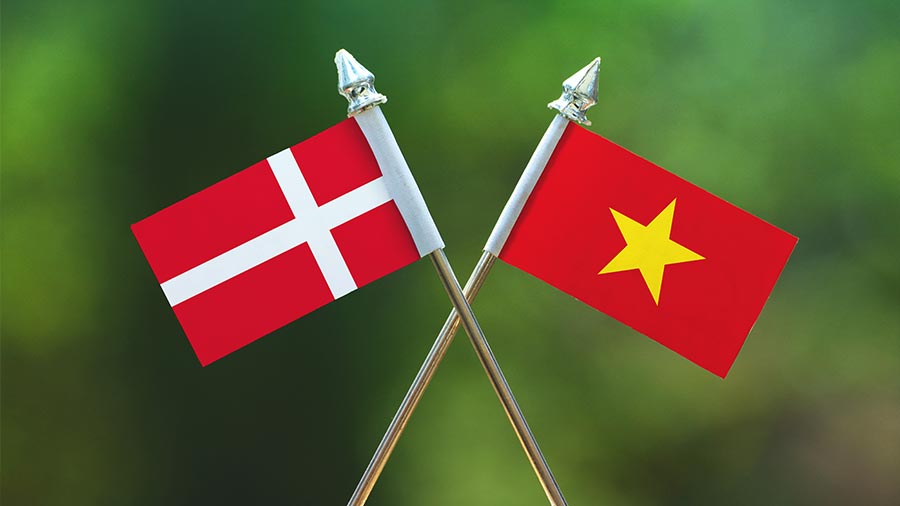Vietnam Rubber Surplus Hurts Producers, Helps Tire Industry
HCMC – In an effort to help Vietnamese companies compete in the world market, the Ministry of Finance is considering cutting the rubber export tax to zero from the current rate of one percent.
On November 11, 2013, Vietnam’s Finance Ministry issued Circular 157/TT-BTC on export tax adjustment. The Circular decreased the export tax for centrifugal rubber and synthetic rubber from three percent to one percent. However, it also raised the export tax on other rubber products from zero to one percent.
 RELATED: Dezan Shira & Associates’ Global Services
RELATED: Dezan Shira & Associates’ Global Services
As a result of the 2013 Circular, rubber farmers and producers faced significant difficulties in the face of increasing rubber prices. In response to the policy, many firms simply stopped producing products that were liable for export tax.
In reaction to this negative situation, the Vietnam Rubber Association (VRA) has proposed that the Ministry of Finance should consider granting a tax exemption for products coded HS 4001, 4002, and 4005, in order to help Vietnamese rubber producers become more competitive.
Vietnam’s rubber industry has been facing difficulties in the past few years due to plummeting international prices. According to the VRA, during the first five months of this year, Vietnam exported 239 thousand tons of rubber, worth US$472 million. Compared to the same period last year, export volume has shrunk by 20.5 percent, while revenue was 39.3 percent lower. The total revenue for 2014 is expected to be 25 percent to 30 percent lower than in 2013.
In addition, the amount of rubber that Vietnam has been exporting to its main export partners, China, Malaysia, and India, has been decreasing tremendously every year. For example, China imported 37.7 percent less than last year, which resulted in a 53.4 percent reduction in revenue.
As a result of this decline in trade with the country’s main partners, many Vietnamese rubber producers have sought out new opportunities in the Asian, European, and American markets. For example, during the first half of 2014, the Lien Anh Rubber Company exported 8,500 tons of rubber, worth US$18.5 million to America, India, Singapore, and Germany.
According to the Rubber Economist, a website and newsletter devoted to the rubber industry, the world will have a rubber surplus of 652,000 tons instead of the previously predicted 366,000 tons. This large jump in the surplus level is expected to put serious downward pressure on rubber producers worldwide. As the supply of rubber is greater than the current demand, many countries have called for reducing their exploitation volume rather than selling the rubber at a lower price.
Not all bad
However, the surplus is not bad news for everyone; low prices have been a boon for the tire industry. The VRA predicts that the demand for tires in Vietnam is set to increase by 5 percent a year. In 2014, demand for motorcycle tires will reach 33.96 million units and will increase to 35.66 million units in 2015. Similarly, demand for car tires in 2014 will be 5.05 million units, increasing to 5.34 million units by 2015.
RELATED: Vietnam Considers Strengthening Local Auto Industry
Vietnam has 830 firms engaged in the tire industry; this includes 30 producers, 170 sellers, 170 exporters, and 460 importers. The main tire producers in Vietnam include the Sao Vang Rubber Company (SRC), Da Nang Rubber Company (DRC), and Casumina. Additionally, many global tire production firms, such as Bridgestone, Kumho, and Yokohama, have been drawn to Vietnam due to its plentiful rubber resources and growing demand for transportation vehicles.
Asia Briefing Ltd. is a subsidiary of Dezan Shira & Associates. Dezan Shira is a specialist foreign direct investment practice, providing corporate establishment, business advisory, tax advisory and compliance, accounting, payroll, due diligence and financial review services to multinationals investing in China, Hong Kong, India, Vietnam, Singapore and the rest of ASEAN. For further information, please email vietnam@dezshira.com or visit www.dezshira.com.
Stay up to date with the latest business and investment trends in Asia by subscribing to our complimentary update service featuring news, commentary and regulatory insight.
Related Reading
 Developing Your Sourcing Strategy for Vietnam
Developing Your Sourcing Strategy for Vietnam
In this issue of Vietnam Briefing Magazine, we outline the various sourcing models available for foreign investors – representative offices, service companies and trading companies – and discuss how to decide which structure best suits the sourcing needs of your business.
New Investment Opportunities in South Vietnam: An Interview with Long Hau Industrial Park
Ho Chi Minh City Cracks Down on Work Permits
Vietnam’s Burgeoning Middle Class set to Double
- Previous Article Rising Ginger Prices in Vietnam Excite Farmers, Hurt Consumers
- Next Article Foreign Firms Dominate Vietnam’s Advertising Market































